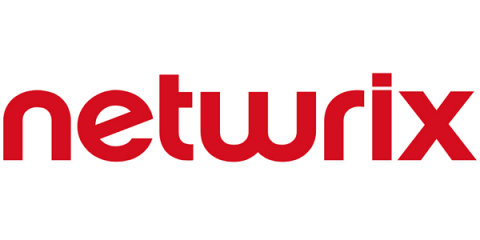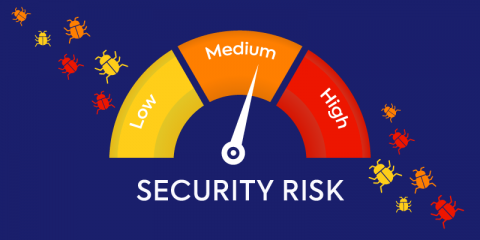Watch Here: How to Build a Successful AppSec Program
Cyberattackers and threat actors won’t take a break and wait for you to challenge them with your security efforts – you need a proactive application security (AppSec) program to get ahead of threats and remediate flaws quickly. It’s critical that you stand up an AppSec program covering all the bases, from which roles each team member will have to alignment on KPIs and goals, and even a detailed application inventory to stay on top of your code.










